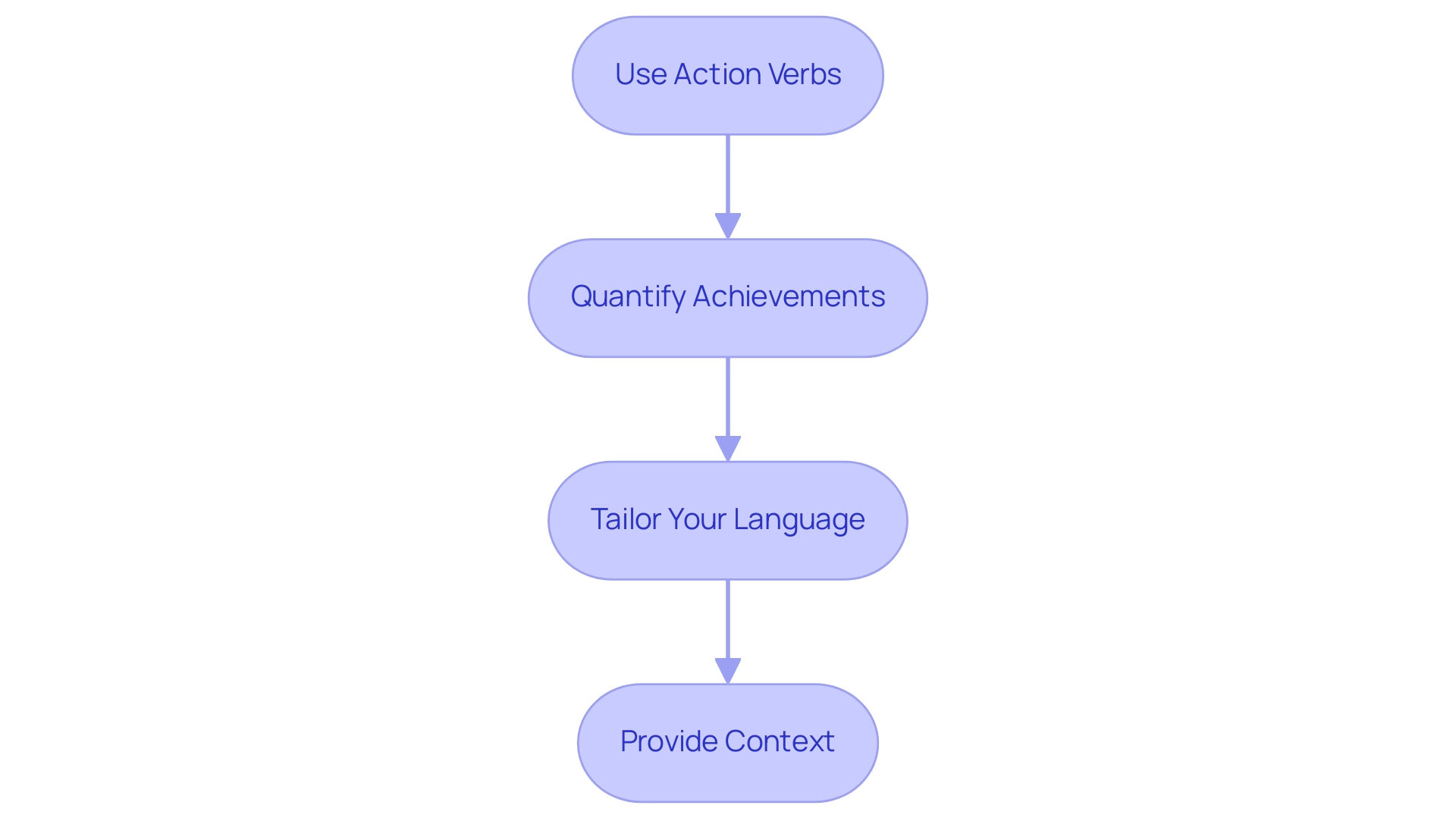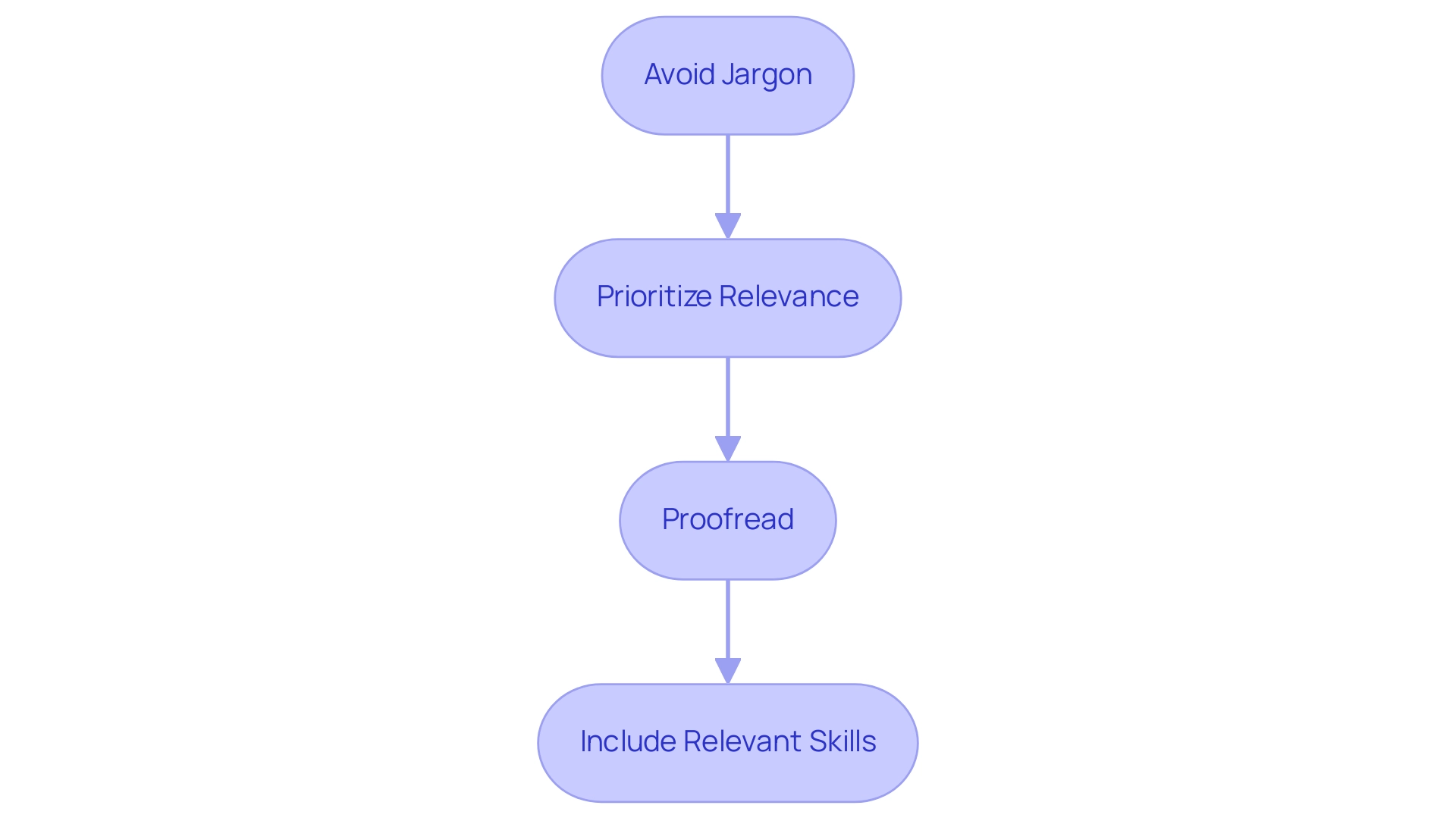Introduction
In today's competitive business landscape, the ability to effectively manage stakeholder relationships is not just an asset—it's a necessity. Stakeholder management encompasses the strategic process of identifying, engaging, and nurturing relationships with individuals or groups that influence or are influenced by an organization.
Mastering this competency can significantly enhance project outcomes and drive transformational success, as organizations that prioritize genuine engagement are statistically more likely to achieve their goals.
This article delves into the essential skills required for effective stakeholder management, offering practical advice on how to articulate these capabilities in a CV. By understanding how to showcase these skills, professionals can position themselves as indispensable assets, ready to navigate the complexities of stakeholder dynamics and elevate their careers.
Understanding Stakeholder Management: A Key Competency
Stakeholder management is the process of identifying, analyzing, and engaging with individuals or groups that have a vested interest in your organization or initiative. This essential competency is vital across various industries, enabling professionals to cultivate strong relationships, foster collaboration, and drive success. Organizations that prioritize authentic engagement strategies enjoy a remarkable 50% higher likelihood of successfully achieving their transformational goals.
As Emmanuel Acquah, a project management expert, aptly states, Whether it’s engaging employees, satisfying customers, or securing investor confidence, the right approach to managing interests transforms challenges into opportunities. Furthermore, informed decisions are more likely to be supported by involved parties when their input is considered, reinforcing the necessity of effective engagement. Recent insights into the neuroscience of conversations suggest that leaders should rethink their approach to meetings, ensuring that interactions are meaningful and productive. For instance, the case study titled "Build a Powerful Stakeholder Engagement Strategy" illustrates how creating an effective engagement strategy is essential for project and business success.
By mastering relationship coordination, you can effectively navigate complex environments, which is essential when considering how to put stakeholder management in CV. This foundational knowledge enables you to express your experiences and abilities in a manner that connects with potential employers, ultimately improving your professional profile.
Essential Stakeholder Management Skills to Highlight on Your CV
When crafting your CV, it’s vital to showcase the following essential management skills that resonate with executive leaders:
- Communication Skills: The ability to convey information clearly and persuasively to different parties is paramount. Given that 39% of social media users desire quick responses, your proficiency in this area is crucial for effective engagement and timely reporting, which can significantly enhance satisfaction and project outcomes.
- Negotiation Skills: Mastering the art of negotiation enables you to reach mutually beneficial agreements while managing differing interests among parties. Awais Arif recently highlighted nine essential strategies for program success, underscoring the importance of negotiation in managing interested parties.
- Conflict Resolution: Your ability to address and resolve disputes among parties effectively is imperative. Demonstrating a track record in this area can significantly enhance your professional appeal.
- Empathy and Emotional Intelligence: Understanding the viewpoints of interested parties and building rapport through emotional intelligence fosters stronger relationships and facilitates collaboration.
- Project Coordination: Experience in managing initiatives involving various participants is essential. By concentrating on communication quality and alignment with objectives, as demonstrated in the case study on Engagement ROI, you can showcase your capability to handle complex participant dynamics. Efficient project oversight not only improves communication but also results in better reporting on interest holder relations outcomes, ultimately refining strategies and enhancing connections.
Focusing on these abilities not only demonstrates how to put stakeholder management in your CV but also positions you as a strategic asset in any professional environment, capable of delivering measurable outcomes.
How to Articulate Your Stakeholder Management Skills in Your CV
To effectively express your management abilities in your CV, consider these essential guidelines:
- Use Action Verbs: Initiate each bullet point with powerful action verbs such as 'managed', 'coordinated', or 'facilitated' to convey leadership and decisiveness.
- Quantify Achievements: Incorporate specific metrics to showcase your impact, like 'Improved employee retention rates by 20% year-over-year through strategic initiatives.' This quantification not only strengthens your claims but also demonstrates how to put stakeholder management in CV by illustrating your effectiveness in engaging with interested parties. For instance, a case study on an 'Employee Retention Strategy' demonstrated how implementing such strategies led to significant improvements in retention rates.
- Tailor Your Language: Customize your wording to align with the job description, demonstrating that you possess the specific abilities and experiences the employer is seeking. This tailored approach can significantly increase your CV's relevance. In fact, 47% of professionals find cover letters essential in highlighting achievements, making it crucial to tailor both your CV and cover letter.
- Provide Context: Briefly explain the situations you faced and the parties involved, offering a narrative that contextualizes your achievements. For example, detailing how to put stakeholder management in your CV by explaining how you navigated complex relationships with various parties can further illustrate your management skills.
By implementing these strategies, you will present your management skills in a compelling manner that resonates with potential employers, ultimately enhancing your chances for advancement in your career.

Demonstrating Stakeholder Engagement in Your Resume
To effectively illustrate your participant engagement capabilities on your resume, implement these targeted strategies:
-
Incorporate Specific Examples: Detail scenarios where you engaged participants successfully, such as leading a team or facilitating workshops that directly affected outcomes.
- Emphasize Team Efforts: Highlight initiatives in which you collaborated with partners, focusing on the measurable outcomes achieved through these cooperations. For instance, during the CRM system rollout at Sky Automation, your efforts contributed to a 15% increase in sales conversion rates.
-
Showcase Feedback Mechanisms: Discuss how you gathered and utilized input from involved parties to refine processes or enhance outcomes. This not only demonstrates your engagement but also your commitment to continuous improvement.
-
Mention Cross-Functional Teams: If you've collaborated with various departments or external partners, underscore your role in facilitating cooperation among diverse groups. Liam Williams, an Engagement Manager, emphasizes the importance of this by stating he collaborated with cross-departmental teams to identify and resolve process inefficiencies, resulting in a 10% reduction in project delivery times and improved client satisfaction. Such examples validate your ability to manage relationships with interested parties effectively, demonstrating how to put stakeholder management in CV.
-
Highlight User Acceptance Testing (UAT): If applicable, include your experience in conducting user acceptance testing with UAT test scenarios, which demonstrates your ability to involve participants in the testing process and ensure their needs are met.
-
Collaborate with Offshore Teams: Highlight any collaboration efforts you’ve undertaken with offshore teams, demonstrating your capability to handle varied participant expectations across different locations.
By expressing your engagement experiences clearly and maintaining your resume to one to two pages, you present persuasive evidence of your expertise in overseeing relationships.
Best Practices for Including Stakeholder Management Skills in Your CV
To effectively display your ability to engage with interested parties in your CV, consider applying the following best practices:
-
Avoid Jargon: Opt for clear, straightforward language that can be easily understood by any reader. Avoiding excessive industry-specific terminology is crucial, as over 85% of recruiters believe candidates often overstate their abilities, which can lead to misunderstandings.
Be Concise: Focus on brevity and clarity in your descriptions. Each statement should be purposeful and contribute significant value to your CV. Remember, the average recruiter spends only about six seconds reviewing a resume, so making an impact quickly is essential. Notably, 75% of hiring managers have caught lies on resumes, underscoring the need for honesty and clarity in your descriptions.
-
Prioritize relevance by customizing your CV to demonstrate how to put stakeholder management in CV, highlighting the most relevant experiences in handling important relationships that align with the position you are pursuing. This approach not only showcases your fit for the role but also increases your chances of standing out among applicants.
-
Proofread: A meticulously proofread CV is a reflection of your attention to detail and professionalism. Given that 54% of employers may reject candidates based on their social media profiles due to inappropriate content or behavior, ensuring your CV is free from grammatical errors and typos is vital. This highlights the importance of maintaining professionalism not just in your CV but across your online presence.
-
Include Relevant Skills: Consider incorporating a language section if applicable, as 30% of resumes include this detail. Including relevant language skills can enhance your resume's appeal, especially in diverse workplaces, which is particularly important for stakeholder management roles, and understanding how to put stakeholder management in CV is crucial.
By adhering to these best practices, you can craft a compelling CV that effectively highlights your stakeholder management abilities, significantly enhancing your prospects of landing an interview.

Conclusion
Mastering stakeholder management is essential for professionals aiming to thrive in today's dynamic business environment. By understanding the intricacies of stakeholder relationships, individuals can cultivate meaningful connections that not only drive project success but also enhance their professional profiles. The article has outlined critical skills such as:
- Effective communication
- Negotiation
- Conflict resolution
These skills are indispensable in managing diverse stakeholder interests.
Furthermore, articulating these competencies on a CV is vital for standing out in a competitive job market. By employing action verbs, quantifying achievements, and tailoring language to align with job descriptions, professionals can present their stakeholder management experience in a compelling manner. Specific examples of successful stakeholder engagement and collaboration can further validate one's capabilities.
In conclusion, prioritizing stakeholder management skills is not just about personal career advancement; it’s about contributing to organizational success. As the landscape of project management continues to evolve, those who excel in stakeholder engagement will be better positioned to navigate challenges and seize opportunities. Embracing these strategies will undoubtedly lead to enhanced career prospects and drive transformative results within organizations.
Frequently Asked Questions
What is stakeholder management?
Stakeholder management is the process of identifying, analyzing, and engaging with individuals or groups that have a vested interest in an organization or initiative. It is crucial for building strong relationships and driving success across various industries.
Why is effective stakeholder engagement important?
Organizations that prioritize authentic engagement strategies have a 50% higher likelihood of successfully achieving their transformational goals. Effective engagement helps convert challenges into opportunities and ensures that decisions are supported by involved parties.
What are the key steps in stakeholder management?
The key steps in stakeholder management include identifying stakeholders, analyzing their interests, engaging with them, and evaluating the effectiveness of the engagement strategies.
What skills are essential for effective stakeholder management?
Essential skills include: 1. Communication Skills: Clearly conveying information to different parties. 2. Negotiation Skills: Reaching mutually beneficial agreements. 3. Conflict Resolution: Effectively addressing and resolving disputes. 4. Empathy and Emotional Intelligence: Understanding viewpoints and building rapport. 5. Project Coordination: Managing initiatives with various participants effectively.
How can stakeholder management skills enhance my CV?
Showcasing stakeholder management skills on your CV demonstrates your ability to engage effectively with various parties, manage complex dynamics, and deliver measurable outcomes, positioning you as a strategic asset to potential employers.
What recent insights can help improve stakeholder engagement?
Recent insights suggest that leaders should rethink their approach to meetings, ensuring that interactions are meaningful and productive, thereby enhancing engagement and collaboration.
Where can I find examples of effective stakeholder engagement strategies?
Case studies, such as 'Build a Powerful Stakeholder Engagement Strategy' and 'Engagement ROI,' provide valuable insights and examples of successful stakeholder engagement strategies.




